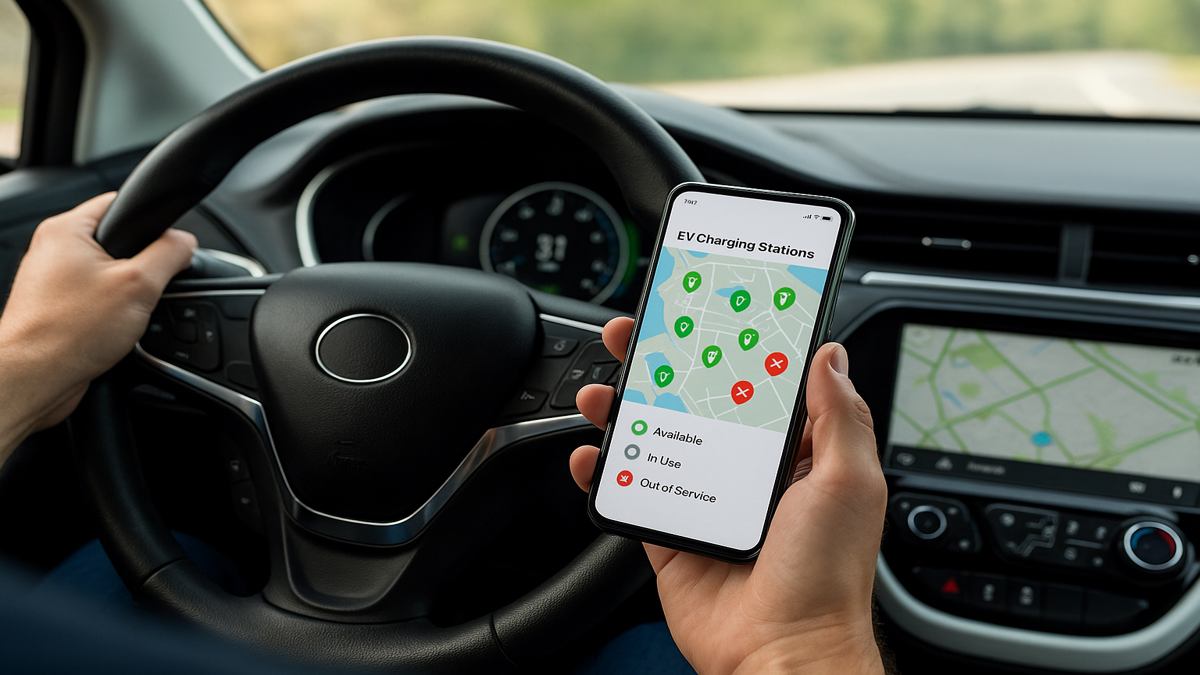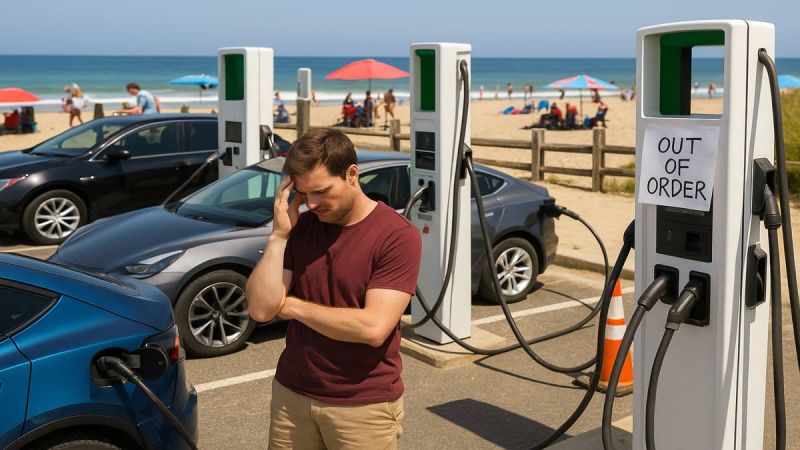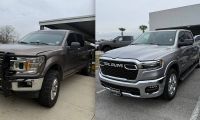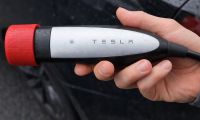Charging anxiety peaks at crowded summer destinations. EV drivers are starting to refer more to “charger anxiety” rather than the old “range anxiety” as busy summer destinations lead to long lines, unreliable equipment, and broken fast‑chargers. It’s especially prevalent in rural or resort areas. They urge more Level 2 chargers with improved reliability and app-free payments at beaches, camp grounds, and parking lots.
Here’s a recent post on Reddit by EaglesPDX regarding the chaos and frustration that can be associated with EV charging:
“Summer at the coast, 3PM, the EA [Electrify America] charger is full with a line. A Leaf and a ID4 are trying to charge at the same charger, one on the Chademo connector and one on the CCS, not quite figuring out it doesn't do that.
A Bolt is in sideways on the other end and a Toyota and BMW are in the center two chargers for well over 30 minutes with no sign of the owners, rude.
The Tesla chargers down the road say 3 open but not only is it full but three cars waiting.
EA is more accurate on the app on what is open and what is in use.
Drive back from the Tesla charger and the EA is now completely open. Pull in and start to charge and...shazaam...another Tesla, BMW and VW show up and its full again. Another Tesla pulls up to wait.
Area needs another 20 350kW chargers to meet Summer demand.”
pjonesmoody added:
“Banks of level 2 charges at beach parking lots (or other holiday/summer destinations) would help alleviate this sort of bottleneck.”
To that, UncommercializedKat responded with:
“The beach near me draws over 2 million people every year. There are ZERO charging stations at the beach and only two hotels even have a charging station. It's ridiculous how terrible infrastructure is.”
EV Owners Are Powering Change as Local Communities Reap the Benefits
Making your voice heard as an EV owner can drive improvement. Federal, state, and local governments are increasing investments in EV charging infrastructure to support rural and resort communities, which often face seasonal surges in vehicle traffic. Through programs like the National Electric Vehicle Infrastructure Formula Program, funds are being allocated to expand charging access along travel corridors and in underserved areas. State agencies are partnering with utility companies and private developers to install Level 2 and DC fast chargers at strategic locations such as parks, beaches, and campgrounds. Local municipalities are also receiving grants to improve charger reliability and reduce app-based payment barriers. These efforts aim to reduce congestion at existing stations, support tourism, and ensure EV drivers can travel confidently during busy summer months without being hindered by inadequate infrastructure.
Expanding EV charging infrastructure in rural and resort areas benefits local communities and businesses by attracting more visitors, increasing customer dwell time, and encouraging spending at nearby shops, restaurants, and attractions while vehicles charge. It supports tourism growth, especially during peak seasons, by reducing travel friction for EV drivers. For local governments, the return on investment includes increased sales tax revenue, job creation from charger installation and maintenance, and improved air quality through reduced vehicle emissions. Additionally, visible EV infrastructure signals environmental leadership and helps communities qualify for future state and federal grants. Over time, it enhances regional competitiveness, boosts economic resilience, and ensures the area remains accessible and attractive as electric vehicles become more mainstream.
These local community investments in EV charging infrastructure have driven real returns. In Traverse City, Michigan, the installation of Level 2 chargers in city-owned parking lots increased foot traffic to nearby restaurants, breweries, and shops. The city reported higher parking and sales tax revenue during peak tourist months. At Lake Tahoe which straddles the California/Nevada border, the Tahoe Regional Planning Agency supported EV infrastructure to address visitor congestion. Local businesses near chargers saw longer customer dwell times, which led to higher spending.
Smarter Charging Apps Can Boost EV Confidence and Cut Down on Wasted Trips

Real-time charger availability and app accuracy play a critical role in reducing frustration for EV drivers, especially during peak travel times. Apps from networks like Electrify America and Tesla are designed to show live status updates, including which stalls are in use or out of service. While Tesla’s app is generally praised for its reliability and integration with in-car navigation, non-Tesla networks like Electrify America sometimes suffer from delayed updates or inaccurate availability data. Users often report showing up at stations that appear available in the app, only to find them full, offline, or malfunctioning. These inconsistencies lead to wasted time and unnecessary detours. Improving app accuracy, charger status transparency, and real-time alerts would enhance driver confidence and reduce congestion at popular charging sites.
Please Drop Your Thoughts in the Comments Below
What challenges have you faced with public EV chargers?
If there is one place that you would like to see more public EV chargers, where would it be?
Chris Johnston is the author of SAE’s comprehensive book on electric vehicles, "The Arrival of The Electric Car." His coverage on Torque News focuses on electric vehicles. Chris has decades of product management experience in telematics, mobile computing, and wireless communications. Chris has a B.S. in electrical engineering from Purdue University and an MBA. He lives in Seattle. When not working, Chris enjoys restoring classic wooden boats, open water swimming, cycling and flying (as a private pilot). You can connect with Chris on LinkedIn and follow his work on X at ChrisJohnstonEV.
Image sources: AI













Comments
GOP ppl in government local,…
Permalink
GOP ppl in government local, state, federal do not want EVs to become the car for today. No chargers means big headaches for traveling. This is why Tesla made their own supercharger system. However in populated areas the sales of more Teslas has outnumbered superchargers. Plus there older Superchargers that charge slow. Walmart will be a big help with charging. Their chargers will have both connectors CCS and NACS
So true! Just did a 2,000…
Permalink
So true! Just did a 2,000 vacation in the leaf to Canada. Stayed 10 clicks from furthest train station in Montreal, the part that really rings true is in Toronto under the hockey hall of fame they have 2 bays for single chargers.all chargers taken and cars waiting. Id anticipated this so we had enough charge to make it to a suburb to charge and eat. Cut our visit to the hall of fame short. Would've spent much more money downtown Toronto if sufficient chargers were available.
Petrol is king! Long live…
Permalink
Petrol is king! Long live the king!